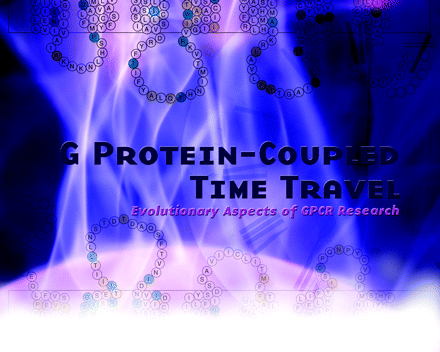G Protein-Coupled Time Travel: Evolutionary Aspects of GPCR Research
- Holger Römpler1,3,
- Claudia Stäubert1,
- Doreen Thor1,
- Angela Schulz1,
- Michael Hofreiter2 and
- Torsten Schöneberg1
- 1Institute of Biochemistry, Molecular Biochemistry, Medical Faculty, University of Leipzig, Johannisallee 30, 04103 Leipzig, Germany.
- 2Department of Evolutionary Genetics, Max Planck Institute for Evolutionary Anthropology, Leipzig, Germany.
- 3Department of Organismic and Evolutionary Biology, Harvard University, Cambridge, USA
Abstract
The common seven-transmembrane–domain (TMD) architecture of G protein–coupled receptors (GPCRs) has been preserved over a vast period of time, and highly conserved amino acid motifs and residues have evolved to establish ligand and signal transduction specificities. The mining of evolutionary data from sequenced genomes and targeted retrieved orthologs has proven helpful for understanding the physiological relevance of individual GPCRs and for interpreting the clinical significance of GPCR mutations in structural terms. Sequence analysis of GPCR pseudogenes, which are considered as genomic traces of past functions, as well as recent success in sequence analysis of GPCR genes from extinct species, provide further information. This review discusses recent advances and approaches aimed at developing a better understanding of GPCR biology based on evolutionary data.

- © American Society for Pharmacology and Experimental Theraputics 2007



